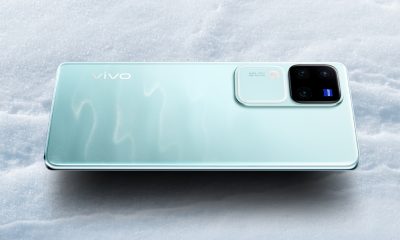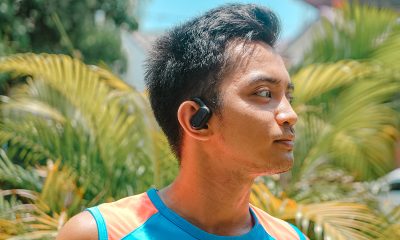News
Nokia revives its partnership with Zeiss

If you were a cellphone-toting hipster in 2005, chances are, you owned a Nokia N95 — at that time, a revolutionary new device that didn’t only make phone calls or have pre-smartphone functionality, but one with a camera that could take great photos.
It may sound usual now, but back then it was unheard of. The Nokia N95 was the first phone with a multi-megapixel camera — five to be exact. This revolutionary push forward in the phone space came at a time when VGA cameras were the norm; if you’re too young to remember grainy, poorly lit photos is an understatement.
To pull it off, Nokia teamed up with renowned imaging company Zeiss. That partnership bore other milestones including the insane Nokia 808 PureView smartphone which today is still unmatched in the megapixels race. That phone had a whopping 41.
Fast-forward to 2017 and Nokia is back to old habits. Back on its own feet, with new fire under its wings via mother brand HMD, Nokia is hoping to revive its reputation as an industry leader in smartphone imaging by revisiting its partnership with Zeiss.
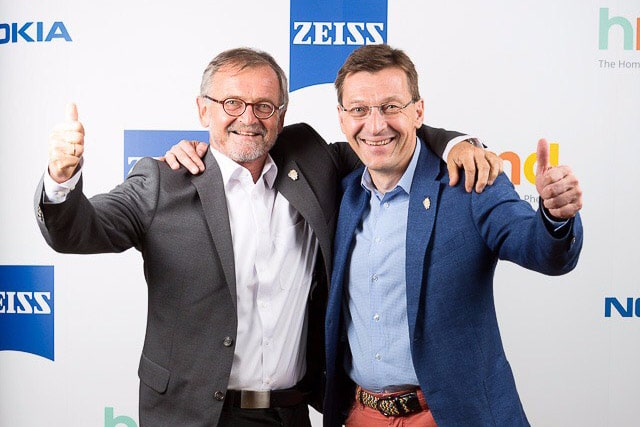
Pekka Rantala, CMO of HMD, with Zeiss. Dr. Winfried Scherle is Executive Vice President and Head of the Consumer Optics Business Group of Zeiss.
That relationship is both exclusive and official starting today.
While the company refuses to talk about new products, Pekka Rantala, CMO at HMD tells GadgetMatch, “There are still numbers before 3 and after 6,” referring to their current lineup that includes the Nokia 3, 5, and 6. That’s short of saying new phones are coming soon, the offspring of this new Zeiss partnership.
But optics is only the tip of the iceberg. Zeiss Executive Vice President Dr. Winfried Sherle tells GadgetMatch they “are committed to a more holistic approach to imaging.” Zeiss technology will not only figure in to the cameras of new Nokia phones, but will also play a big part in its displays, software, algorithms, and services.
When all of this will become a reality is only a matter of time. Rantala tells us, “We have started the collaboration and are working at full speed.”
SEE ALSO: Nokia 3310 has confirmed release dates for four countries
[irp posts=”13999″ name=”Nokia 3310 has confirmed release dates for four countries”]
Image credit: Kārlis Dambrāns

News
Xiaomi Redmi A3 Philippine pricing, availability
Budget smartphone with high refresh rate display
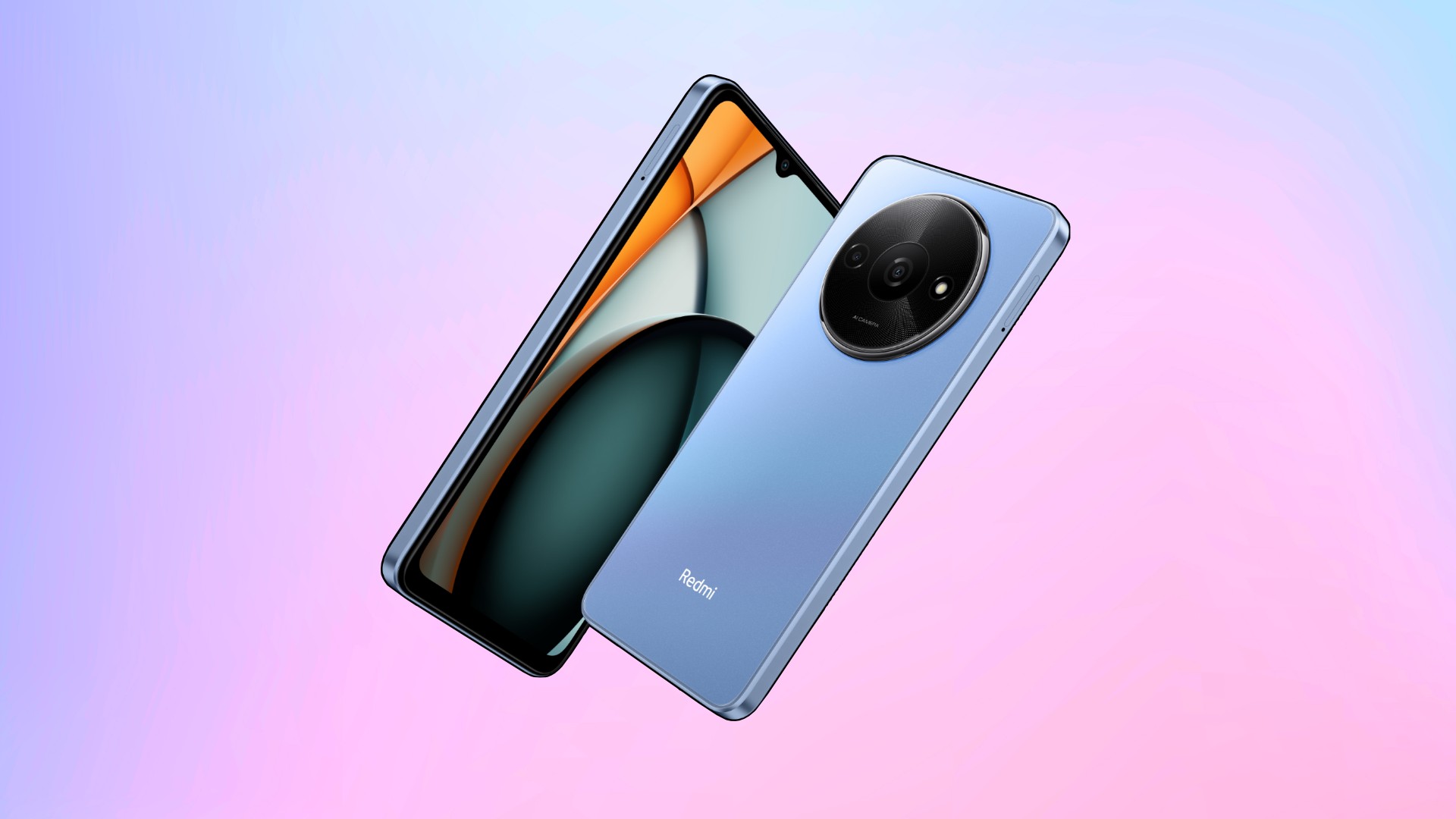
Xiaomi is bringing high refresh rate displays to its budget line with the announcement of the Redmi A3. The latest addition to the entry-level Redmi line boasts of an expansive 6.71-inch HD+ display with up to a 90Hz refresh rate.
The Redmi A3 is available in Midnight Black, Star Blue, and Forest Green. The smartphone is priced at PhP 3,399 (3GB+64GB) and PhP 3,999 (4GB+128GB) respectively for its two configurations.
Customers may preorder the phone until April 27 via Lazada, Shopee, and TikTok. General sale begins April 26th in all Xiaomi stores nationwide. Freebies are a Basic Piston Earphone for online purchases and a 3-month Viu Premium subscription for in-store purchases.
The Redmi A3’s immersive screen allows users to consume various content in high-definition with better smoothness, a boost for a phone of its price point. The screen has Corning Gorilla Glass 3 protection as well, and DC dimming to reduce blue light exposure.
The phone also sports a refined design that lets go of the iPhone-looking camera arrangement. Instead, the main camera is now in the middle as part of a watch face-looking setup similar to other Android phone offerings.
Speaking of, an 8MP main shooter highlights the back of the Redmi A3. In front is a 5MP front camera. The phone is powered by a MediaTek Helio G36 processor and runs on an Android 14-based OS. Furthermore, it has a 5,000mAh battery with 10W of USB-C charging.
Other handy Redmi A3 features for users to utilize include a 3.5mm jack, Face Unlock, and Fingerprint Unlock.
For the longest time, Google kept Pixel and Android behind two different teams. While the Pixel team dealt with devices made by and for the brand, the Android team ships a product meant for brands outside of the company’s purview. However, the days of separation are at an end. Google is officially merging its Pixel and Android teams together.
In a shocking announcement, the company has confirmed that the teams handling hardware and software will fall under a single team headed by Rick Osterloh. Prior to the merge, Osterloh was the senior vice president of devices and service, which was Google’s hardware branch. He will now oversee both hardware and software.
Because of the new leadership change, Hiroshi Lockheimer, former head of Android, will now move on to other projects within Alphabet. Of note, the change is not harsh for Lockheimer. He and Osterloh had been contemplating on the merge for a while.
Now, why the change? As is the case with everything today, it’s all because of AI. Speaking to The Verge, Osterloh explains that the merge will help with “full-stack innovation.” With how technology is these days, it’s now impossible to develop AI without having a close eye on hardware, such as in Google’s AI developments for the Pixel camera. Merging the teams will help streamline development, especially when hardware is involved.
Despite the change, outside brands, like Qualcomm’s Cristiano Amon, remains confident of Android’s capabilities outside of Google. Just expect more AI coming out in the near future.
Since the Pixel 6 series, Google continues to wow the market as one of the most unique camera designs available in the market today. This year, the brand’s Pixel 9 series might reinvent itself again with a slightly updated redesign.
Between the Pixel 6 and Pixel 8 series, Google introduced a wraparound camera island extending from the left edge to the right edge. While most smartphones today still use the traditional top-left island layout, Google’s lineup consistently grabs admiration from onlookers.
Now, according to an early leak (from Rozetked, via 9to5Google), Google might cut the camera island’s size before it reaches either side of the Pixel 9. The remaining chunk looks like a horizontal pill-shaped camera island right in the middle of the rear panel. It looks like a common camera island comically enlarged and turned on its side. Alternatively, it also looks like a webcam attached to a phone.
Based on the new leak, the new camera island will have three unknown lenses, the usual LED flash, and an unconfirmed sensor. Besides the different camera, the leak also confirms the usual tray of hardware on the side. There’s nothing too revolutionary.
As always, the Pixel 9 series is scheduled to come out in the fall of this year.
SEE ALSO: Pixel 9 series will reportedly come in four models
-

 Features1 week ago
Features1 week agoFortify your home office or business setup with these devices
-

 Events2 weeks ago
Events2 weeks agoStellar Blade: PlayStation taps cosplayers to play Eve for game’s launch
-

 Gaming2 weeks ago
Gaming2 weeks agoThe Rogue Prince of Persia looks like an ultra-colorful roguelite
-
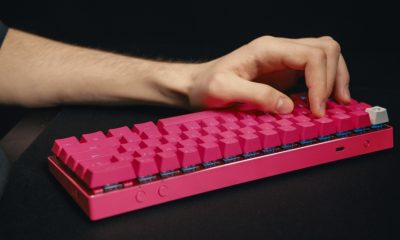
 Accessories2 weeks ago
Accessories2 weeks agoLogitech unveils G Pro X 60 gaming keyboard: Price, details
-

 Gaming2 weeks ago
Gaming2 weeks agoStar Wars Outlaws release date revealed
-

 Reviews1 week ago
Reviews1 week agorealme 12+ 5G review: One month later
-

 Gaming2 weeks ago
Gaming2 weeks agoLenovo confirms development of a Legion Go 2
-
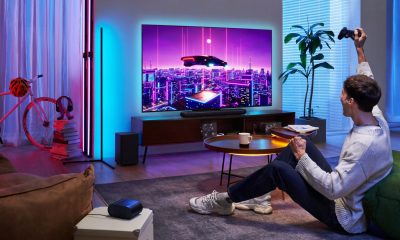
 Deals2 weeks ago
Deals2 weeks agoTCL P635 TV: Big savings for TCL’s anniversary

